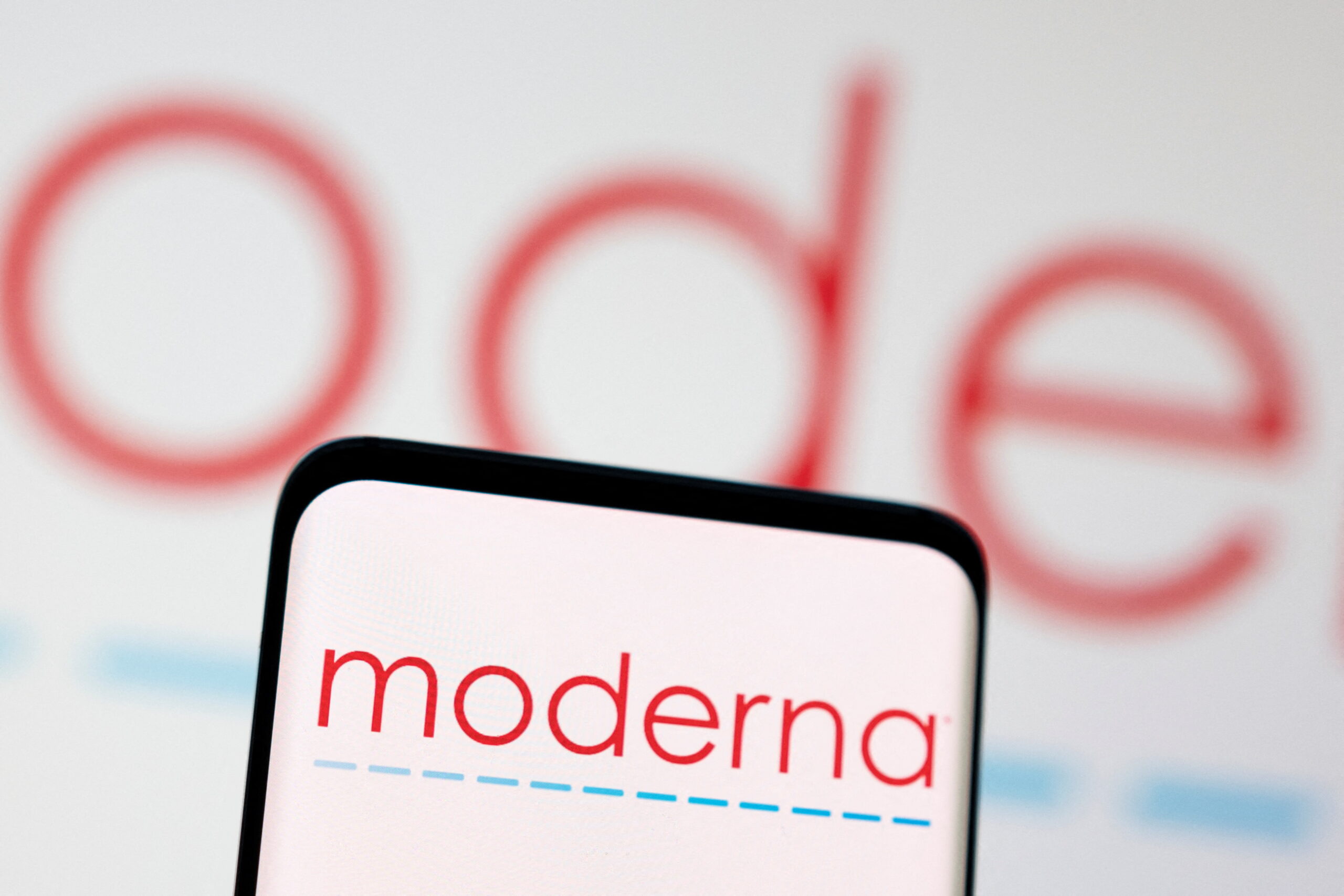On Friday, February 14, 2025, it was disclosed that the Food and Drug Administration (FDA) has placed a hold on Moderna’s clinical trial for its norovirus vaccine (mRNA-1403) after a case of Guillain-Barré syndrome was reported in one of the participants. This is the only known case of the neurological disorder that has been identified in the trial, and the FDA has launched an investigation to determine the cause.
Moderna has not provided additional details regarding the participant’s current condition, and it remains unclear if there is a direct link between the vaccine and the disorder. During a conference call, a Moderna executive stated that the Guillain-Barré syndrome was reported relatively soon after the vaccine was administered. However, the executive noted that it remains difficult to establish a definitive causal relationship between the two events.
Despite the hold placed on the trial, Moderna emphasized that the Phase 3 study is continuing without any expected delays for enrollment in the Southern Hemisphere, where recruitment is set to evaluate the second norovirus season. The Phase 3 trial, which aims to assess the effectiveness of Moderna’s vaccine, has already enrolled participants for the first season in the Northern Hemisphere. The first patient in this group received the vaccine dose in September 2024. Moderna also clarified that the trial’s timeline for analyzing the vaccine’s efficacy is expected to proceed as planned without impact from the recent developments.
The current objective of the trial is to recruit around 20,000 participants aged 60 years and older and 5,000 participants aged 18 to 59. The focus on this age range is to assess how well the vaccine can protect against moderate to severe norovirus acute gastroenteritis (AGE), a condition that is more likely to affect older adults, who are at greater risk of severe outcomes, including hospitalization and death. Norovirus remains a leading cause of foodborne illness worldwide, and the focus on developing a vaccine comes amid the rising public health burden caused by this virus.
Norovirus is highly contagious and is often referred to as the “stomach flu” or “stomach bug,” though it is not related to the flu virus itself. The virus causes acute gastroenteritis, an inflammation of the stomach and intestines. Common symptoms of norovirus infection include stomach pain, vomiting, diarrhea, fever, headache, and body aches. Infections typically develop 12 to 48 hours after exposure to the virus, and the illness generally lasts between one to three days. However, individuals infected with the virus remain contagious for up to three days after their symptoms have subsided.
Norovirus continues to be a major public health challenge. In the United States alone, there are approximately 2,500 reported norovirus outbreaks annually. The virus is also responsible for 58% of foodborne illnesses in the country. According to the Centers for Disease Control and Prevention (CDC), each year norovirus leads to approximately 900 deaths, mostly among adults aged 65 and older. In addition, it is responsible for about 109,000 hospitalizations, 465,000 emergency department visits, and 2.27 million outpatient clinic visits, primarily affecting young children. The virus results in 19 to 21 million illnesses each year in the U.S.
Despite the widespread impact of norovirus, there is currently no specific medication to treat those infected with the virus. The CDC notes that antibiotics, which target bacterial infections, are not effective against viral infections like norovirus. Prevention efforts focus on hand hygiene and environmental cleanliness. The CDC strongly advises frequent handwashing, disinfecting contaminated surfaces, and staying home for at least two full days after symptoms cease in order to limit the spread of the virus.
